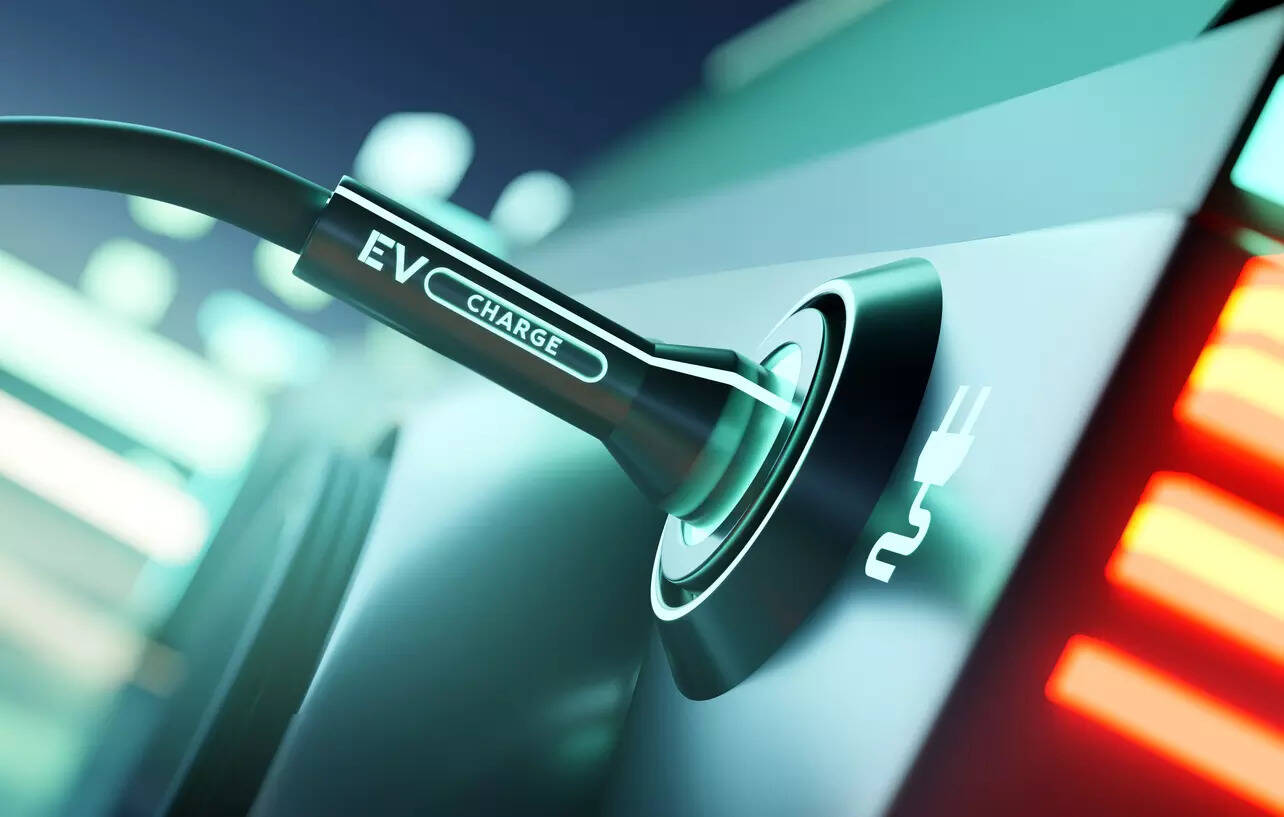 While EV adoption is rising, charging infrastructure remains a concern due to power availability and policy unpredictability.
While EV adoption is rising, charging infrastructure remains a concern due to power availability and policy unpredictability.“>
India’s electric vehicle journey is gathering pace, but charging infrastructure continues to be a key concern for consumers. In a recent conversation with The Times of India Auto, Anant Nahata, CEO of Exicom, spoke about the evolving landscape, challenges in scaling up infrastructure, and the company’s growth plans.Talking about the current state of EV adoption, Nahata said, “We’re seeing excellent electric vehicles entering the market: great technology, lower running costs but charging infrastructure remains a deterrent. However, the situation is steadily improving. The EV story in India is still quite young, about 3-4 years in practical terms.”He pointed out that both private and government initiatives are steadily expanding the network. “Private charge point operators now add around 2,000 stations for four-wheelers annually, and government initiatives add a similar or even greater number each year,” he explained. Automakers, too, are beginning to invest directly in high-speed charging infrastructure.
However, Nahata stressed that challenges persist. “First is power availability: securing high-power connections, especially at desired locations, can take six months to a year, which slows deployment. On highways, the challenge is continuous power. Many sites rely on rural feeders, providing only 8-12 hours of supply daily, sometimes less. This unreliability erodes driver confidence.” To address this, Exicom has introduced “battery storage-assisted DC charging, balancing economics and reliability.”
On the subject of regulations, he said that policy unpredictability sometimes hinders progress. “Occasionally, sudden policies, for example, recent proposals to restrict charging stations or electric cars in basements can disrupt plans. The sector thrives best with consistent guidelines and minimal regulatory surprises.”
OEM partnerships and basement charging
Speaking about partnerships with automakers, Nahata said, “Yes, we work with multiple OEMs, particularly on DC fast-charging infrastructure. Depending on the project, we handle everything from supplying chargers to providing turnkey solutions: site construction, supply, ongoing service, and maintenance.”On the issue of basement charging, he clarified, “Successful deployment depends entirely on planning. We’ve seen well-planned basement charging hubs perform seamlessly, using Ethernet or LAN for connectivity instead of relying on mobile networks. Most high-use charging is outside, but basements remain a valuable option if executed correctly.”
Smart charging and highway solutions
Highlighting Exicom’s technology edge, Nahata explained, “Smart charging is a major emerging theme, globally and in India. Our chargers allow dynamic current limiting: a 240kW charger can operate at 60kW or 120kW based on what the site’s power connection permits.”He added that in group installations, chargers can form a network and intelligently share available power using embedded algorithms. For highways, Exicom has launched the Harmony Boost solution, “which combines onsite solar, high-capacity batteries, and DC charging. This acts like a microgrid, ensuring high-power charging can continue even with variable grid input.”Speaking about the current network, Nahata noted, “Up to 2023, most chargers supplied for passenger cars were 60kW, and for buses, 180-240kW. We now see a shift: new installations for passenger cars are frequently at 180-200kW to enable 15–25 minute charging sessions. Most of the current network is 60kW, but new sites are upgradeable: often to 120kW or even 180kW, with some at 240kW. As trucks and larger buses enter, 360kW chargers will also become more common.”
Harmony Direct 2.0 – A made-in-India platform
Discussing the company’s latest product, Nahata said, “With Harmony 2.0, we’ve delivered a platform completely developed in India, including the OS and controller, which is a first for our sector.” He highlighted three major upgrades: “Significantly improved user experience… enhanced station economics with fifty plus onboard sensors… and upgraded reliability and uptime, with key advances in both hardware and software.”
Growth plans and outlook
Looking ahead, Nahata was optimistic. “The outlook in India is extremely positive. Industry reports expect EV growth at 30-40 per cent CAGR annually, with charging infrastructure growing at a similar rate. If comfort and reliability around charging keep improving, barriers to adoption will fall fast.”
Exicom is preparing to scale up accordingly. “Besides R&D, we’re expanding manufacturing capacity: a new plant in Hyderabad will add significant volume for both AC and DC chargers. We’re investing about Rs 200 crore, making this a central project for scaling up our product lines.”
Join the community of 2M+ industry professionals.
Subscribe to Newsletter to get latest insights & analysis in your inbox.
All about ETAuto industry right on your smartphone!
- Download the ETAuto App and get the Realtime updates and Save your favourite articles.





